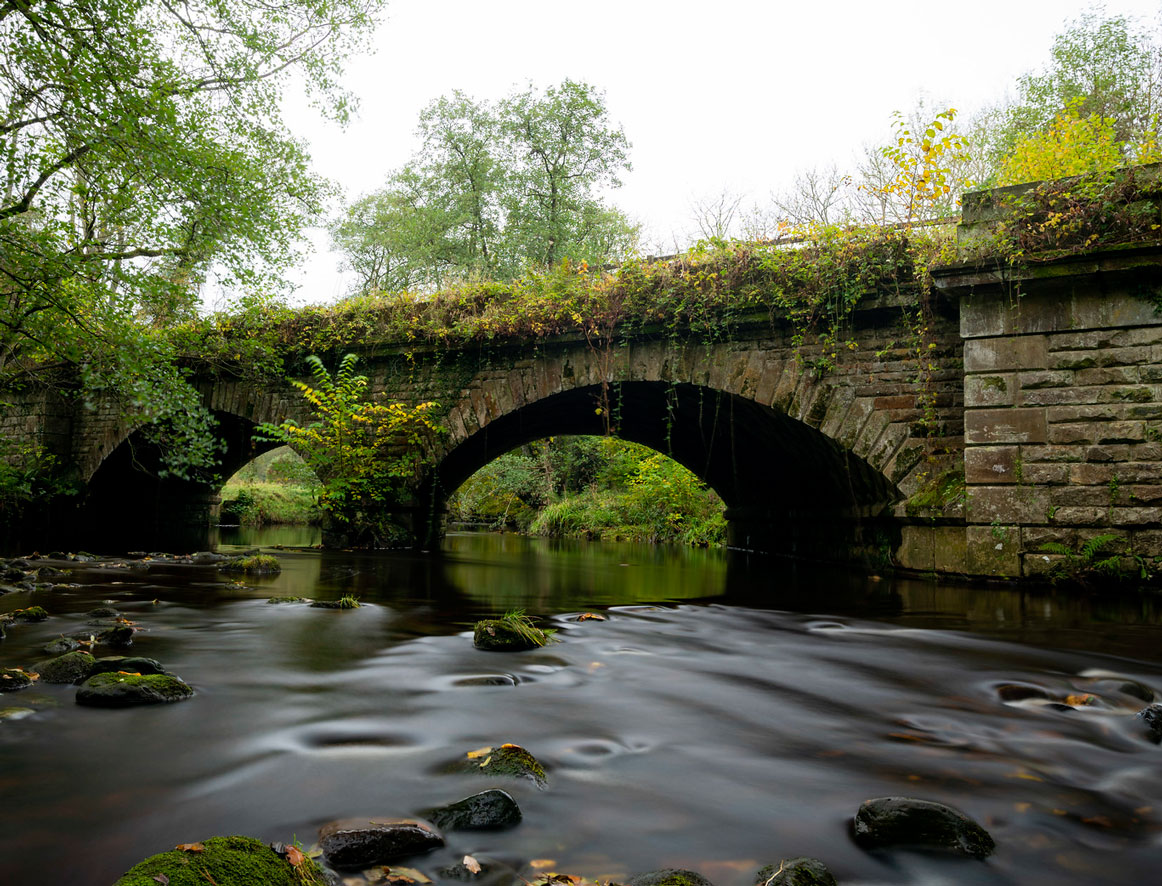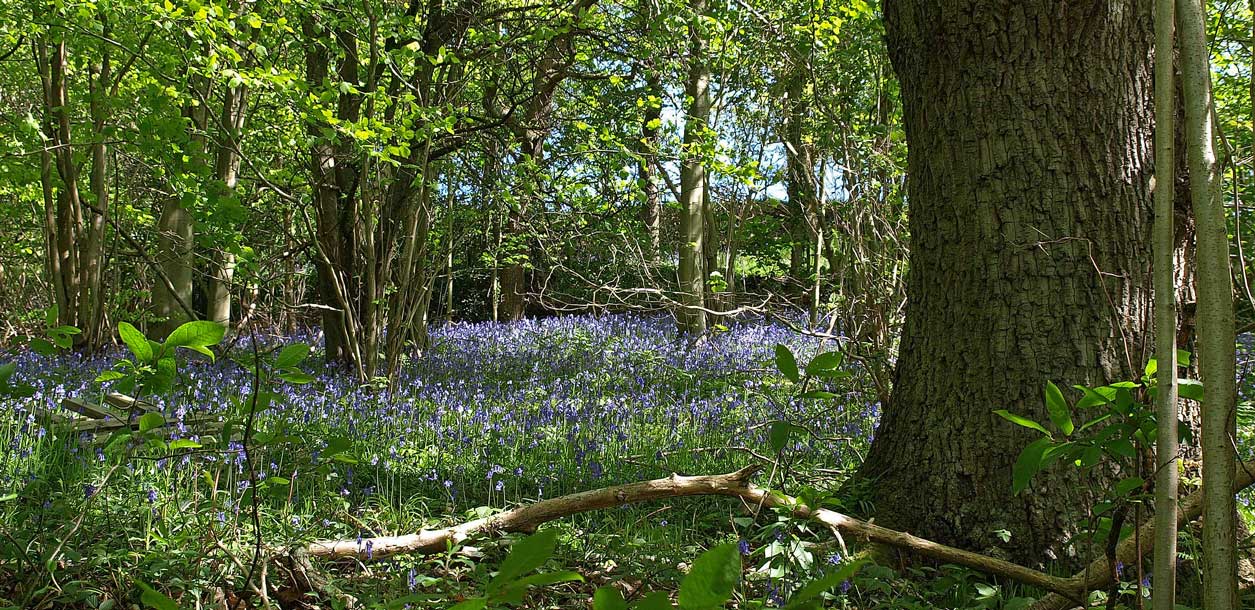Habitat Connectivity
The management of land is a hot topic within the UK today, with a balance needing to be achieved between agricultural productivity, community requirements, economic development and the integrity of wildlife networks. National pressure for greater agricultural and economic outputs, can sometimes lead to biodiversity and community needs being side-lined leading to increased vulnerability of these vital networks.
In modern Britain, wildlife reserves and sites of high biodiversity are often islands floating within a sea of agricultural improvement and urbanisation. Without wildlife friendly corridors between these sites, wildlife will find it difficult, or sometimes impossible, to move between islands, meaning that local species are trapped within these site and are vulnerable to any local impacts such as disease or extreme weather, as well as wider impacts such as climate change.

The key objective of the Land of Iron biodiversity projects is to reconnect these islands, working with land managers to establish a network of wildlife friendly spaces, within which biodiversity can flourish but which also allow wildlife populations to disperse between established sites or colonise new areas. Agreements are drawn up with land managers to create, maintain or repair structures, or to promote certain schemes of management, which will create new wildlife connections and spaces whilst also benefiting the land manager whether through mutual objectives or grant support.
Measures taken can be many or varied, and depend largely on the specific holding and the needs of the local area. For example, excluding stock from water courses including provision of alternative drinking sites can have huge environmental benefits by reducing siltation and soiling of streams which improves water quality for local communities, fish stocks and aquatic wildlife, whilst also protecting livestock welfare, reducing bank erosion and creating a diverse riparian strip that looks attractive to communities and park visitors.

Many traditional land management tools, for example thick maintained hedgerows, provide excellent wildlife habitat whilst also providing a real benefit for the land manager for controlling livestock, and also benefit the wider landscape and the views of local communities and visitors. In field trees – once a staple feature in a pastoral landscape – can be replanted, providing shade and shelter for stock whilst also providing a home to wildlife and stepping stones across an open landscape for tree-loving species.
Through the Land of Iron connectivity projects, helped land managers install 7km of new hedgerow, protect 8km of water courses from erosion and maintain 26ha of species rich grassland amongst many others schemes. Although many agreements are small scale, across a whole valley the benefits can be enormous for wildlife, local people and the landscape itself.
